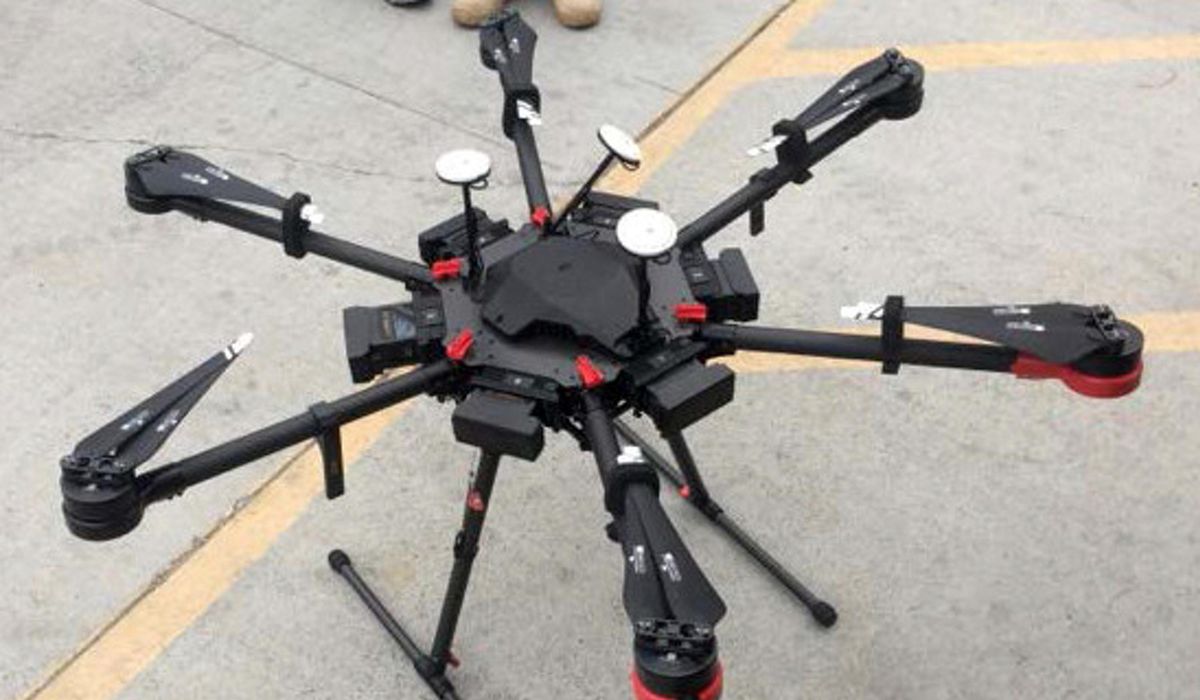


Thwarting the Mexican cartels’ fleet of drones bringing drugs and weapons over the U.S. southern border was of chief concern Tuesday to a bipartisan group of Capitol Hill lawmakers.
Republicans and Democrats sought to understand the scope of Mexican gangs’ remote-controlled armada and what technology could be used to prevent those devices from entering American territory during a House Homeland Security subcommittee hearing.
Law enforcement officials and drone technology executives testified on the vulnerability of U.S. airspace to foreign incursions, telling lawmakers that wealthy Mexican cartels have more aircraft than the Border Patrol has detection equipment.
“It is my understanding, for every drone flown by border security, the Mexican cartel is flying 17 drones,” Rep. Dale Strong, Alabama Republican, said during the hearing. “Data shows the Mexican cartel are flying drones greater than 30 miles into U.S. airspace, landing and offloading drugs on U.S. soil — fentanyl, heroin, cocaine, marijuana and the list continues.”
Carl Landrum, a vice president of strategy at drone technology company Dedrone and a former chief agent at the Border Patrol’s Laredo station, laid out how sparse anti-drone technology is in his sector.
He said the 177-mile stretch his agents patrolled had just two devices that could spot drones.
Mr. Landrum added that drones can be outfitted differently, so multiple methods are needed to locate them in the sky.
Some aircraft emit a radio frequency that can be detected by airborne jamming drones, while others need to be found using radar. Further, he said cameras are needed to visually confirm what the monitoring technology is actually picking up.
Mr. Landrum said detection devices range anywhere from $50,000 per unit to up to $800,000.
Rep. Glenn Ivey, Maryland Democrat, asked the executive what drone-stopping technology is being used in the Russia-Ukraine war. Ukrainian forces are known to use the small aircraft to drop grenades on Russian targets.
Mr. Landrum said if jammers aren’t on hand, soldiers have to try to shoot the drones down.
Rep. Lou Correa, California Democrat, also asked Mr. Landrum about his mention of the Mexican cartels using the drones to drop their own explosive payloads.
The executive referenced a recent offensive in Mexico last week where drones were used.
News website Aztec Reports reported that the Jalisco New Generation Cartel has used drones in ongoing attacks on the village of Santa Maria Ostula since July 1. The Associated Press reported that the same cartel used drones in an attack in the Mexican state of Gurrero earlier this year.
“These are dangerous capabilities that are being utilized by the cartels,” Mr. Landrum said.
Mr. Correa talked about the need for 5,000 more Customs and Border Protection officers to man the U.S. Ports of Entry, but numbers are thin at the areas between those designated entrances.
Terrell County Sheriff Thaddeus Cleveland testified that he used to work at the Border Patrol’s Sanderson station in the rural Texas county of roughly 700 residents.
He said there were usually only three or four agents on duty at a time to keep an eye on the 91-mile sector.
The sheriff said having enough officers out in the field while others check on the cameras already in place is a big ask for the small unit. More monitoring technology to catch drones would inevitably mean needing more agents to watch over it.
There’s also the issue of technology becoming outdated.
David Berteau, the president and CEO of government contractor Professional Services Council, testified that “it’s a very common problem” for technology to become obsolete while companies are working to fulfill a contract.
He urged the federal government to write into the contract what problem it’s trying to solve rather than what specific technology it wants delivered.
That way the government can get the equipment it needs as threats coming from the nimble, cash-rich Mexican cartels continue to evolve.
• Matt Delaney can be reached at mdelaney@washingtontimes.com.
